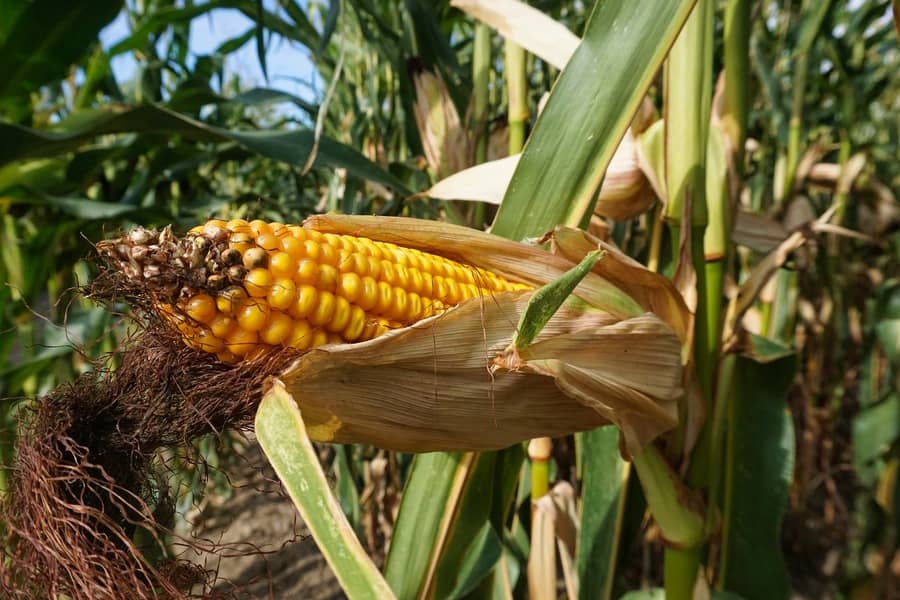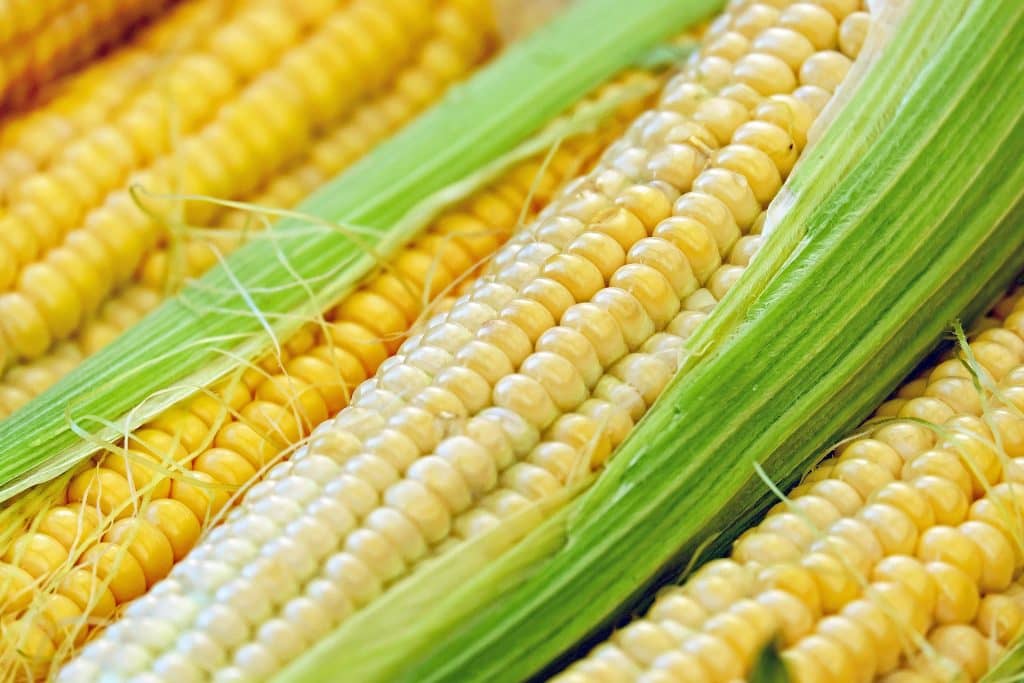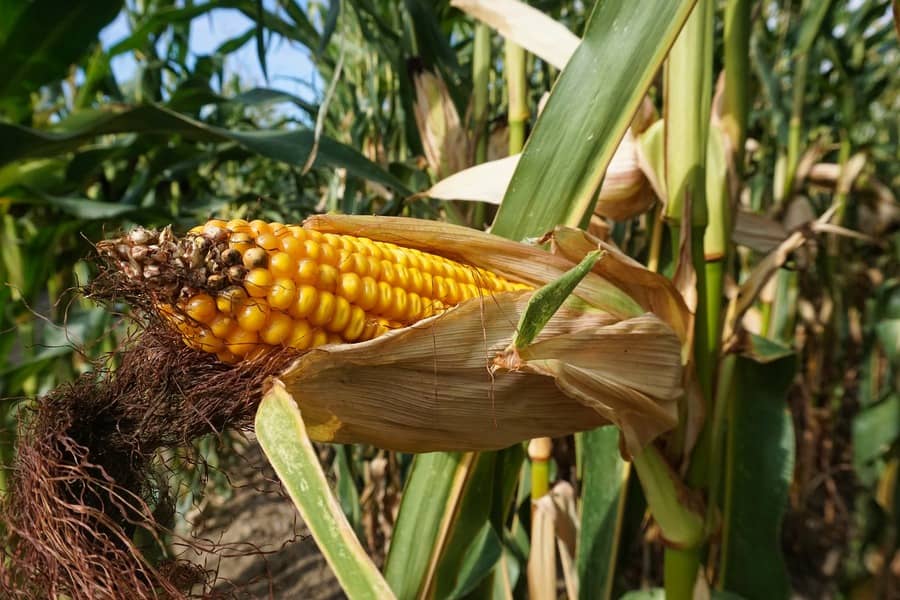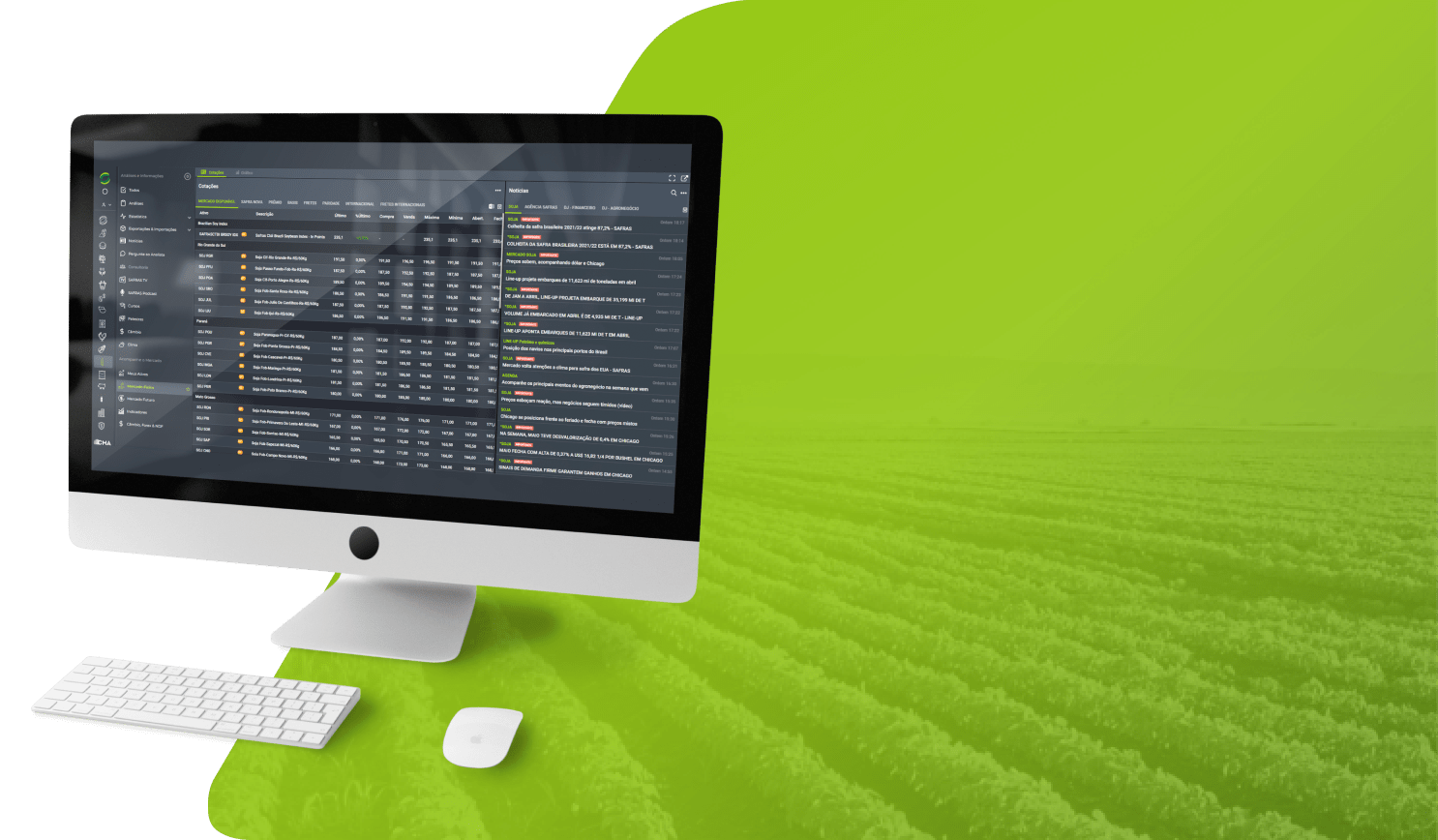Porto Alegre, February 11th, 2025 – Balancing domestic demand with supply in the first half of the business year will be key to a less problematic scenario for domestic supply. Controlling housing, corn demand for ethanol, and a good stock replenishment strategy is the combination that will allow us to reach the 2025 second crop in July, with less intense pressure on prices. With 2024 exports closing at 38.5 mln tons, within Safras & Mercado’s projections, we only need to wait for January’s domestic demand data to complete carryover stocks. Even so, the summer crop plus stocks may not meet all domestic demand until the second crop. Therefore, we will need the early arrival of the second crop to close gaps in domestic supply. For now, the difficulties in domestic logistics with the strong arrival of the soybean crop, from now on, pose a challenge for corn, that is, supplying consumer locations at low-freight rates.
International market prices close to USD 5.00/bushel offer some support to maintain buyers willing to face internal logistics and make exports viable in February and March. The February line-up is now at 1.1 mln tons, with most shipments from ports in the South, mainly Rio Grande do Sul. The local market does not appear to have competed enough to prevent an outflow of 400/500 thousand tons of the new local crop. There are no corn crop losses in the state, but the crop is fraught with many doubts about the volume of silage converted in this crop, a factor that reduces grain supply for feedstuff mills and other consumption.
The state does not have a second crop, therefore, it will depend on the entry of corn from other states and Paraguay to complete its supply in the first half of the business year. Corn prices did not fall much below BRL 70 in regional lots, and it seems that with the arrival of the soybean crop, the decline in corn sales could be stronger.
This is just one of the issues faced by the domestic market in the first half of the year: supply to the South region, which concentrates most of the national demand. The ease with which exporters conducted business for shipments in February and March is surprising, and so is low competition in the domestic market. The bets are still very strong on regional harvests, the need for sales by growers, cooperatives, and cereal companies to make room for the soybean crop. However, in this case, another unexpected variable seems to be occurring: many growers will only reap corn after the soybean harvest. This condition could generate short-term highs with greater stability on the verge of the harvest of the corn’s second crop. Even so, only a balanced demand will be able to inhibit a bullish trend for corn during the period.
Exports for 2024 were finished with the release of Secex data last week. Corn closed the 2024/2025 business year with 38.5 mln tons. Analyzing whether such exports were below or above the previous year are not very useful. What matters is whether the closing was at a level sufficient to guarantee some carryover stocks. Carryover stocks will still depend on the closing of domestic demand in January but should be around 8 mln tons. Such stocks are distributed throughout the various Brazilian states, in the hands of buyers and sellers. The decision to sell these stocks is a question of price or space in this first half of the year. If it were not for such stocks, February consumption would be completely compromised, since this month’s demand is still being supplied with old corn.
The harvests are evolving regionally and quickly meeting regional demand, given that the increase in freight and logistics difficulties are starting to raise the costs of CIF corn from more distant origins. In the Northeast, for example, logistics have been comfortable so far, with the corn flow from western Bahia and other regions to the consumption centers. Starting this week, the harvest will advance, freight rates will rise, and CIF corn prices will also rise. This is also the situation in São Paulo. Growers seem to reap corn, sell it slowly, and will focus on reaping and selling soybeans, holding corn for longer or leaving it to be reaped after the soybean harvest. For this reason, São Paulo has seen a sharp rise in prices, even with market agents trying to contain the price reality on B3.
Indeed, we have a long way to go until the harvest of the corn’s second crop in July. Although the planting is already more advanced in many locations, such as western Paraná, southern Mato Grosso do Sul, and central Mato Grosso, most second-crop regions will start planting at a strong pace this week. This leads us to a more intense harvest concentration from July, with good demand from the domestic market and already with export commitments. Exporters continue to focus more intensely on Brazil’s second crop, and we should have another year of sales close to 40 mln tons, of course, depending on the weather conditions for the second crop and the 2025 US crop.
Safras News








